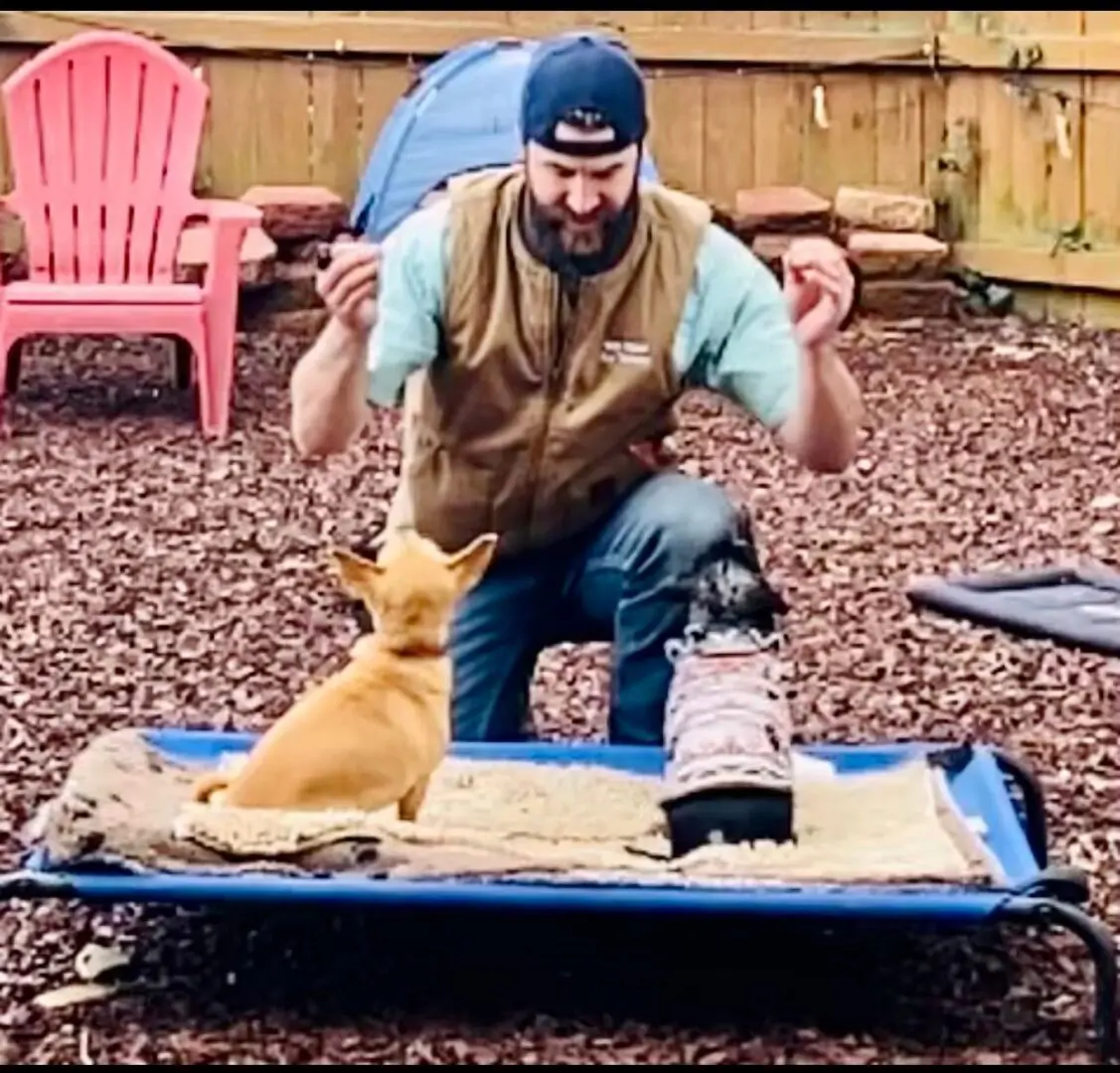Professional & Effective Training Techniques
Our extensive dog training approaches are designed to meet you and your dog's unique needs. We ensure you learn to connect with your furry friend through regular training sessions.


Your Training Roadmap
We've found following this roadmap leads to the most positive impacts on your dogs behavior.
Step 1 - Conditioned Marker Training
Step 2 - Obedience Training
Step 3 - Advanced Tools Training
Step 1 - Conditioned Marker Training
Step 2 - Obedience Training
Step 3 - Advanced Tools Training
Marker Training
Marker training for dogs is the application of a condition-reinforcer that involves the use of a "marker" or word to indicate to the dog that they have performed a desired behavior or undesirable behavior.
Leash Training
Leash training for dogs is the process of teaching pressure. Once the dog understands that pressure is a cue to perform a behavior, we can then teach them to to walk calmly and obediently on a leash. This training is important for the safety of both the dog and their owner, as it helps prevent the dog from running off as well as ensures the starting point of engagement.
E-Collar Training
Our E-collar training is the precise and tested application of remote collars using industry-standard best practices. We teach a blended functional use to ensure in the same way the dog performs with a leash, they will perform with a remote collar.
If you have questions about our training methods, drop us a message.
The 4 Active Dog Phases
How we achieve the most active minded dogs in Atlanta is by ensuring that we teach first, then set boundaries for incorrect obedience from our dogs.
Learning
Afford the dog the opportunity to learn with positive reinforcement.
Distractions
Testing what the dog has learned through positive reinforcement.
Corrections
Providing clear and consistent feedback for incorrect obedience.
Maintenance
Upholding the obedience that has been taught in the learning, distraction, and correction phases.

